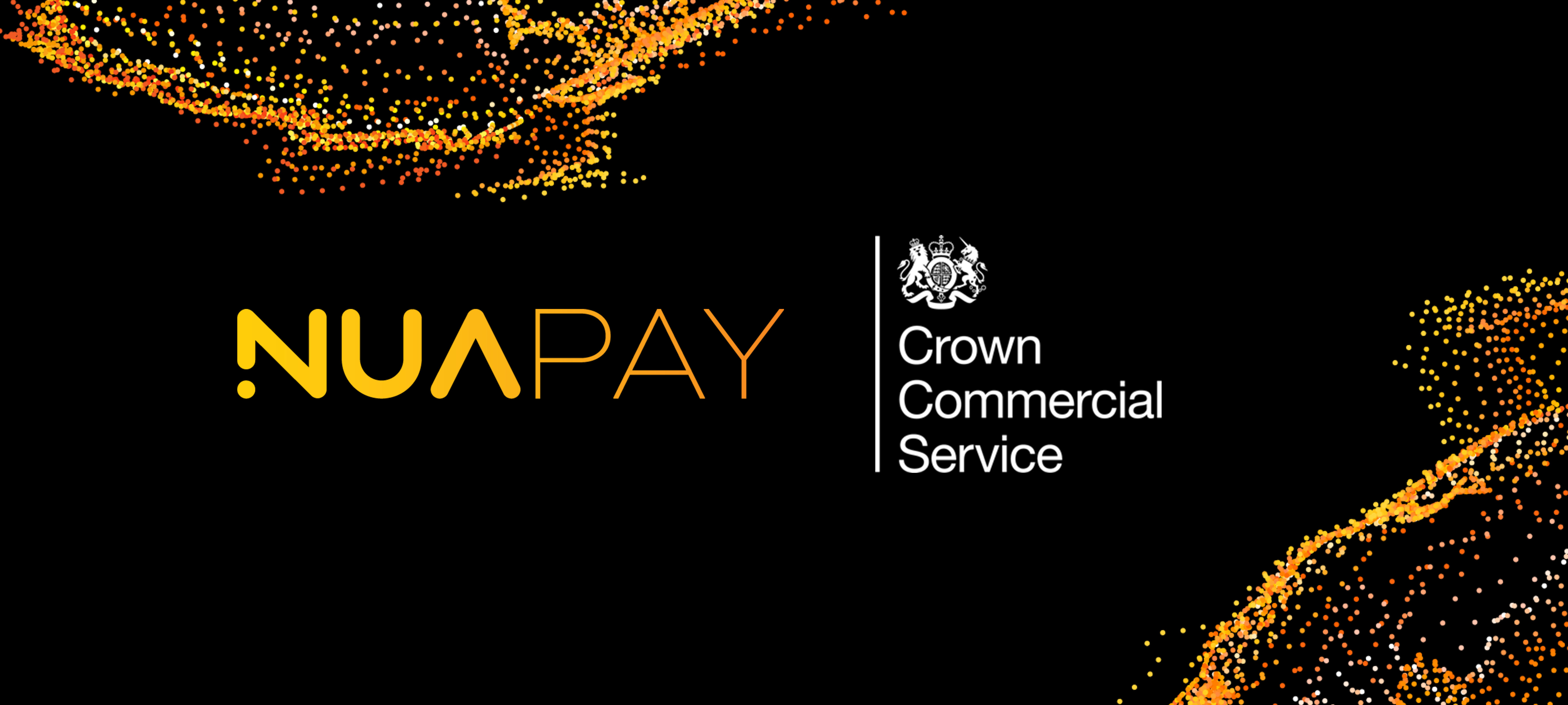Collecting payments for your business services by direct debit is usually the most efficient and secure way of guaranteeing payment from your customers. However, this is not always the case if your direct debit request should fail.
Problem payers are an unfortunate part of all businesses. There will always be the odd customer who regularly fails to pay on time and this can have bigger consequences especially for small businesses that rely on payments from customers in order to produce their services. So what can you do about problem payers?
If your direct debit request has been declined the first step you can take is to re-apply for the payment a few days later. Inform you client the direct debit has failed and that you will try again to take payment in a few days. This gives the client time to ensure the money is in their bank to make payment.
You can also add a fine on to your client’s next payment as a penalty for late payment. This should hopefully dissuade the customer from missing payments again as they can see that there will be a consequence.
If your problem payer still isn’t paying up then you may want to consider putting their direct debit on hold and request that they clear the outstanding balance with you before you can reinstate the direct debit. Paying via direct debit is often the most preferred payment method for customers and so having this option withdrawn should prompt them in to action.
Ultimately, if your problem payer has still not cleared their balance then your only choice will be to stop doing business with them entirely.




